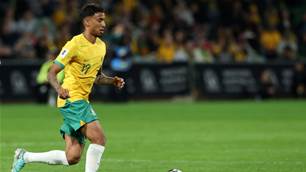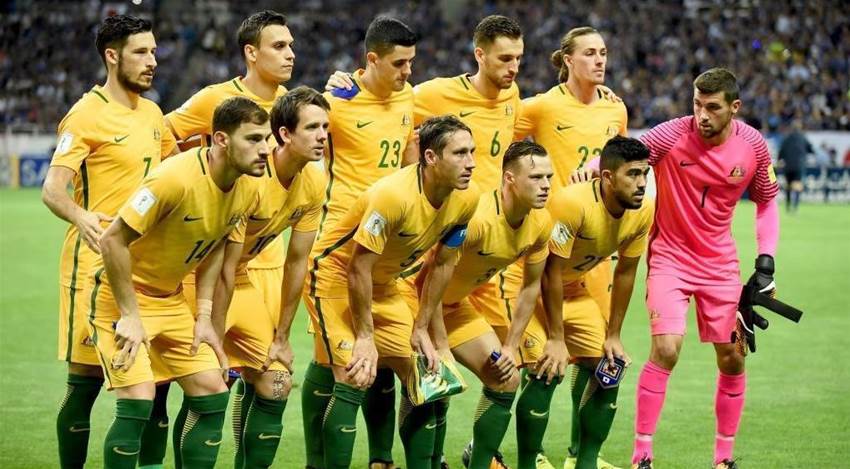“We didn’t have the night we wanted to”. This line, uttered by a dejected and defeated Ange Postecoglou after missing the chance to book his tickets to next year’s World Cup, managed to encapsulate the feelings of a disappointed nation.
Japan’s excellent defensive equalisation
The box midfield Postecoglou employs usually is able to serve as perhaps the most effective element of the Australian playing system.
However, Halilhodzic was able to negate the effects more successfully than any team previously, including the likes of Germany, Chile and Brazil.
This served as the basis of their match strategy, waiting for an error from the Australian players before quickly getting the ball forward.
Cleverly, Japan were able to implement horizontal and vertical shifts with the aim of equalising the numerical superiority in central areas, and did so successfully for consistent periods of the game.

Playing three in midfield against Australia’s four, it was clear that Japan needed centralised reinforcements in order to avoid being dominated in central areas of the field.
Interestingly, their ability to do so hinged on the fullbacks, as highlighted in yellow above. Kruse was left with the central defenders, with the ball-side fullback pressing the Australian winger stationed on that side of the field.
In this case, the right-back positions himself in an area where he can cover the space behind him, but also be close enough to pressurise Brad Smith’s first touch should he get receive the ball.
Now the closest wide threat has been eliminated, the Japanese midfielders orient themselves towards their direct opponent within the central zone.
However, as mentioned earlier, this situation in isolation was 4v3 – the fullback furthest from the ball would fill this void.
Stepping up off of the defensive line, the opposite fullback would position himself in close proximity to the attacking midfielder on his side of the field.
At this moment, the situation is equalised in a 4v4, removing a major Australian threat in the process.
The spare man then became Mat Leckie on the opposite flank to where the ball was, who did not offer a direct threat to the Japanese goal.
Had Postecoglou been more pragmatic in his approach, he may have encouraged a direct switch of play into the space behind the advanced fullback for Leckie to run onto.
Failure to do so allowed Japan to negate a main threat without another appearing, as most tactical decisions create. This particular conflict was a clear win for Halilhodzic.
Related Articles

Socceroos midfielder embraces move to England

Cardiff City snap up sought-after Socceroos starlet













